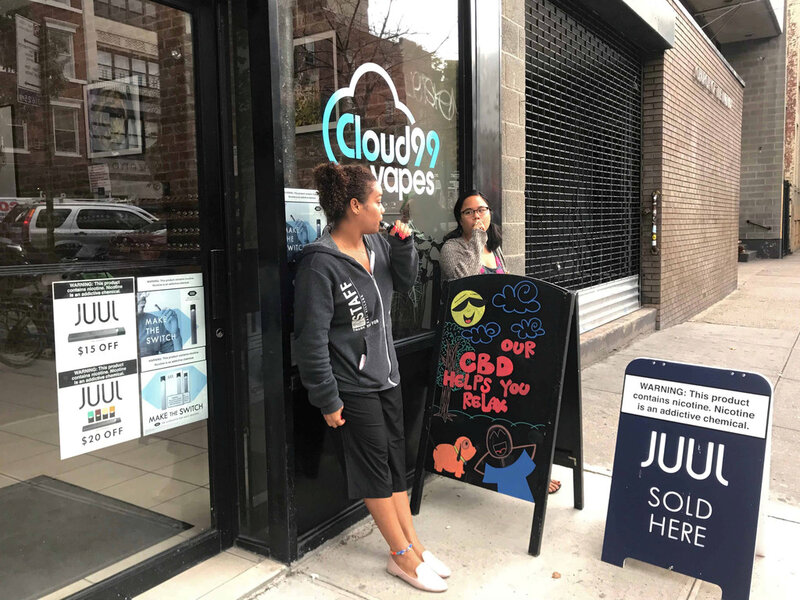The FDA shields youths from vaping
Loading...
One of the great reliefs of the past half-century is that cigarette smoking in adults dropped by 67 percent. One of the great shocks in the past year is that a new generation of smokers may be in the making. The use of electronic cigarettes (“vaping”) among high school students rose an alarming 78 percent from 2017 to 2018. Among middle-schoolers, the jump was 48 percent. Many could end up using combustible cigarettes.
“These increases must stop,” announced Scott Gottlieb, commissioner of the Food and Drug Administration (FDA), on Thursday as he proposed tough new rules on the sale of vaping devices to minors, especially the pod refills that come with kid-friendly flavors. “And the bottom line is this: I will not allow a generation of children to become addicted to nicotine through e-cigarettes.”
The FDA is not wasting time in safeguarding past successes in reducing tobacco-related habits. One in 5 high-schoolers today has used e-cigs in the past month, according to FDA data. More than a quarter have vaped at least 20 of the last 30 days. Some even vape while in school classrooms.
But this is the federal agency’s big target: More than two-thirds of students have used flavored versions, such as cherry or mango. Its proposed rules would restrict the sale of flavored e-cigs in retail stores and ban online marketing to kids by the makers of these battery-powered devices. If the increase in use does not go down, the FDA plans further regulations.
The agency decided that the potential of nicotine addiction among youth who vape outweighs the purported benefits of the devices in helping adult smokers quit combustible cigarettes. As with many government actions aimed at protecting children from harm, the move reflects a recognition that youth should be able to retain their innocence as they enhance their capacity to self-regulate.
Keeping young people free of addiction is in society’s interest. “A babe in a house,” wrote English poet Martin Tupper, is “a resting place for innocence on earth; a link between angels and men.” The FDA is right to shield youth from those who market nicotine to them.







